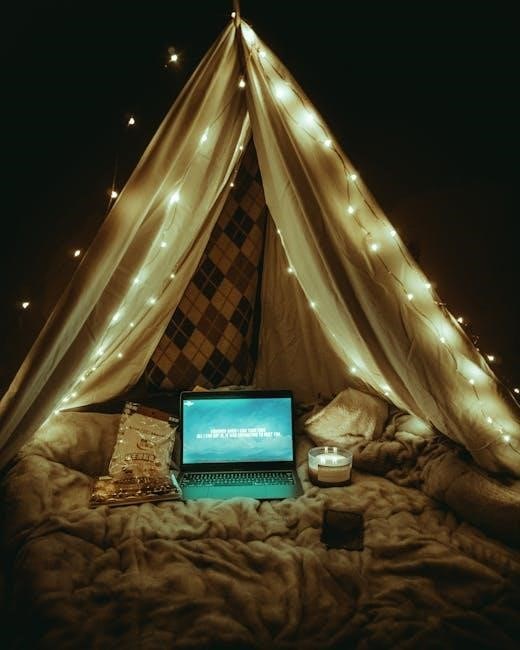Crumb quilting is a creative way to transform fabric scraps into unique quilts. It’s eco-friendly, budget-friendly, and perfect for crafters who love sustainable sewing projects.
What is a Crumb Quilt?
A crumb quilt is a creative sewing project made from small fabric scraps, often leftovers from other quilting endeavors. These tiny pieces, typically no larger than 1-2 inches, are pieced together to form unique blocks or strips. Unlike traditional quilts, crumb quilts embrace randomness and unpredictability, allowing quilters to experiment with color and texture. They can be used to create entire quilt tops or added as accents in larger projects. This method is both eco-friendly and budget-conscious, turning would-be waste into something beautiful and functional. Crumb quilts are a celebration of resourcefulness and individuality, offering endless possibilities for artistic expression.
Benefits of Using Scraps for Quilting
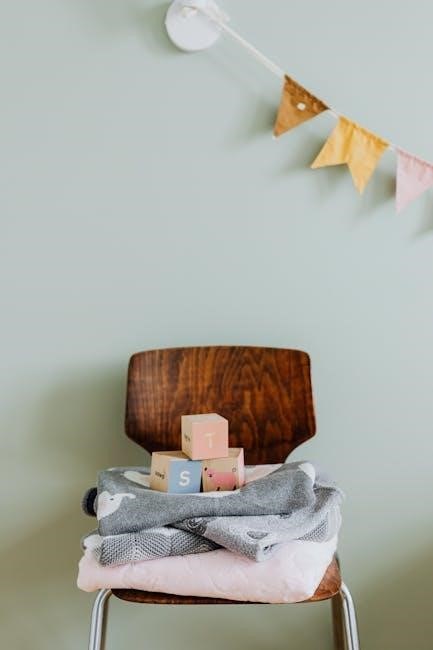
Using fabric scraps for quilting is a sustainable and cost-effective way to create unique, eco-friendly projects. It reduces fabric waste and allows quilters to experiment with diverse colors and textures. This method is budget-friendly, as it utilizes leftover materials that would otherwise be discarded. Scraps enable creativity, offering endless possibilities for designing one-of-a-kind quilts. Additionally, working with small pieces helps improve precision and sewing skills. Quilters can also personalize their projects by incorporating meaningful fabrics from past endeavors. Overall, scrap quilting is a fulfilling way to craft beautiful items while promoting sustainability and creativity.
Gathering and Sorting Materials
Gathering fabric scraps is the first step in crumb quilting. Sort scraps by color, size, and texture to streamline the creative process and ensure versatility in design.
Collecting Fabric Scraps
Collecting fabric scraps is the foundation of crumb quilting. Start by gathering small leftover pieces from past projects. These scraps can be as small as 1×1 inches or larger. Store them in a dedicated container, like a jar or bin, to keep them organized. Over time, you’ll build a stash of colorful, varied fabrics perfect for creating unique quilts. Separate scraps by color, size, or texture to make the quilting process easier. Even tiny fragments can be transformed into beautiful blocks, making this method both eco-friendly and budget-friendly. The more diverse your scraps, the more creative possibilities you’ll have.
Sorting Crumbs by Color and Size
Sorting fabric crumbs by color and size is essential for creating a cohesive design. Begin by categorizing scraps into color groups—neutrals, brights, or specific palettes. This helps in achieving a balanced look. Next, sort pieces by size, separating small fragments from larger ones. This step ensures that your quilt blocks come together seamlessly. Small crumbs can be used for intricate designs, while larger pieces are ideal for backgrounds or sashing. Organizing your scraps this way saves time and inspires creativity, allowing you to mix and match for vibrant, harmonious results. A well-sorted stash makes the quilting process more enjoyable and efficient.
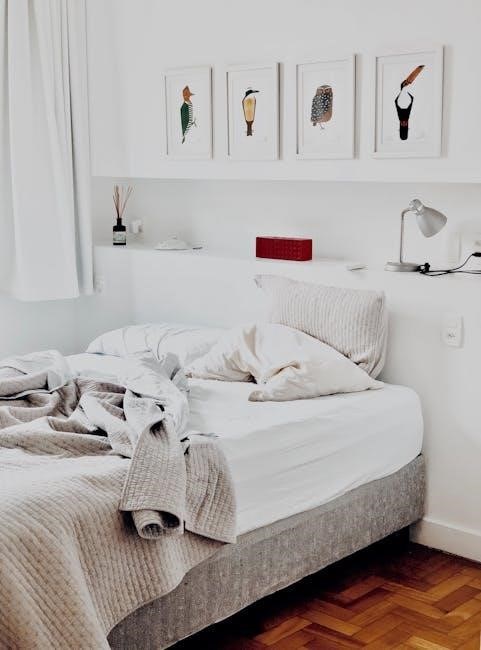
Basic Steps to Make a Crumb Quilt
Begin by gathering fabric scraps and sorting them by color and size. Start with small crumbs, iron each piece, and sew them into blocks. This foundational process creates a vibrant, eclectic quilt.
Step 1: Start with Small Crumbs
Begin by selecting the smallest fabric scraps, often called crumbs. These tiny pieces can range from 1×1 inches to slightly larger sizes. Starting small allows for a detailed, intricate design. Sort these crumbs by color to ensure a cohesive look in your quilt. Using a variety of patterns and hues adds visual interest. Consider pairing solid fabrics with printed ones for contrast. Once sorted, these small crumbs serve as the foundation for your blocks. Sewing them together creates a base layer, ready for expansion into larger blocks or strips. This step sets the tone for the entire quilt’s aesthetic.
Step 2: Iron and Prepare Fabric Pieces
After sorting your crumbs, iron each piece to remove wrinkles and creases. This ensures fabric lies flat for accurate sewing. Trim any loose threads or uneven edges to create clean, workable shapes. For consistency, iron all crumbs in the same direction, typically with the selvage edge aligned. Smaller crumbs may require extra care to prevent distortion. Use a rotary cutter or scissors to trim edges neatly, if needed. Preparing your fabric this way ensures precise piecing and a professional finish. This step is crucial for maintaining the integrity of your quilt design and making the sewing process smoother and more efficient.
Advanced Techniques
Explore intricate designs by creating complex crumb blocks, experimenting with shapes, and incorporating appliqué or 3D effects for a unique, eye-catching quilt that showcases your creativity.
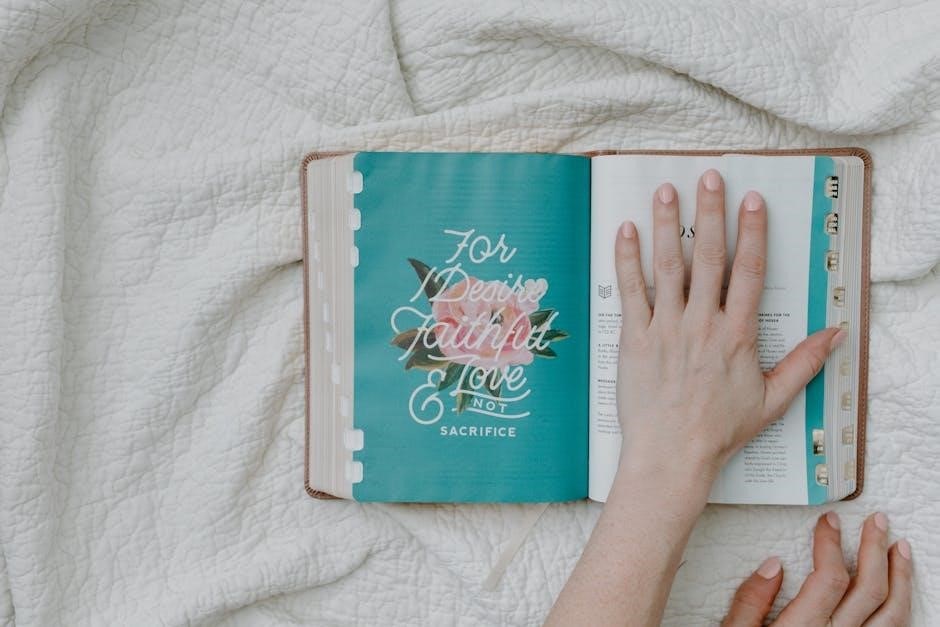
Using Crumbs to Create Strips and Sashes
Transform leftover fabric crumbs into vibrant strips and sashes to add visual interest to your quilt. Sort crumbs by color and sew them together in random order to create long, continuous strips. These can be used as sashes between blocks or as borders for a cohesive look. For variety, alternate narrow and wide strips to add texture and depth. Pairing crumb strips with solid or tonal fabrics enhances contrast and balance. This technique is perfect for using up small scraps creatively while adding a unique, improvisational feel to your quilt design.
Making Improv Style Blocks
Improv style blocks add a spontaneous, creative touch to crumb quilting. Start by sewing small fabric crumbs together randomly, allowing the pieces to flow naturally without precise measuring. This technique embraces imperfection, making each block unique. Trim the blocks to uniform sizes for consistency, then combine them into a larger quilt. The freedom of improv quilting keeps the process fresh and engaging, perfect for crafters who enjoy experimentation. This method is ideal for using up small, irregular fabric scraps while creating a one-of-a-kind design that reflects your personal style;
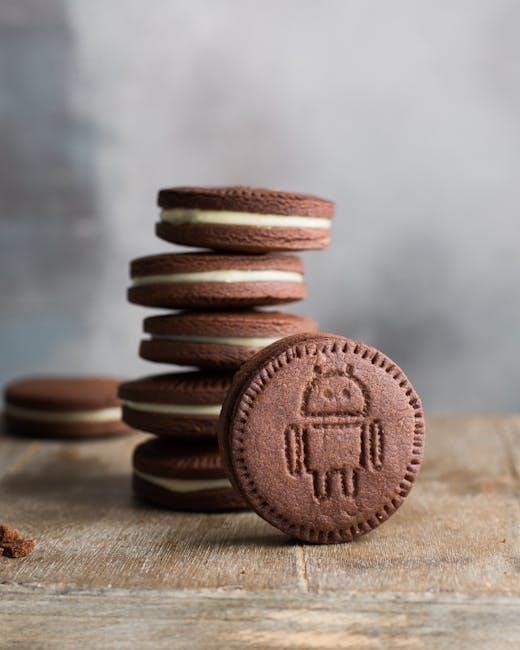
Color Coordination and Design
Color coordination and design in crumb quilting involve sorting fabric scraps by hue and creating harmonious palettes. This approach adds visual balance and aesthetic appeal to quilts.
Creating a Cohesive Look
Creating a cohesive look in crumb quilting involves arranging fabric pieces thoughtfully to ensure visual harmony. Start by grouping crumbs of similar colors or tones to form a base palette. Introduce a dominant color or pattern to tie the design together, then balance with complementary hues. Mixing small and large crumbs adds texture, while solids or tonal fabrics can act as neutrals to unify the quilt. Experiment with layouts on a design wall to achieve a polished, intentional aesthetic. This approach transforms random scraps into a stunning, coordinated quilt that reflects your personal style and creativity.
Adding Solid or Tonal Fabrics
Adding solid or tonal fabrics to a crumb quilt provides balance and prevents the design from feeling overwhelming. These fabrics act as a neutral background, allowing the colorful crumbs to stand out. Use solids as sashing between blocks or as a border to frame the quilt. Tonal fabrics, which match the color palette of the crumbs, can blend seamlessly while adding depth. Incorporating these fabrics ensures the quilt remains cohesive and visually appealing. They also serve as a resting point for the eye, making the overall design more harmonious and professional-looking. This technique enhances the scrap fabric’s beauty while maintaining a polished finish.

Finishing the Quilt
Sew all blocks together, layer with batting and backing, then quilt. Bind edges with matching fabric for a polished finish, completing your crumb quilt project.
Sewing Blocks Together
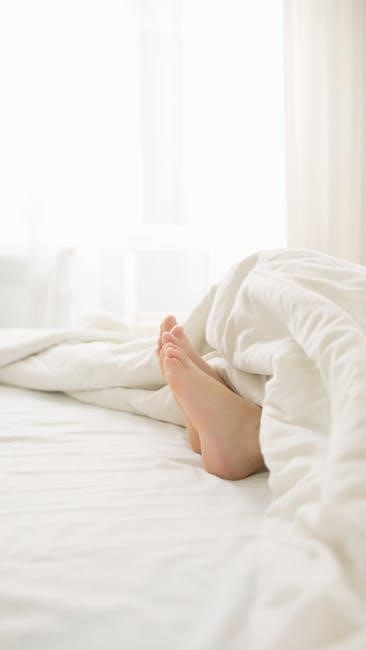
Sewing crumb quilt blocks together requires precision and care. Start by aligning edges of adjacent blocks, ensuring seams match for a cohesive look. Use a 1/4-inch seam allowance and press seams flat to avoid bulk. For inconsistent block sizes, trim or add scraps to standardize dimensions. Consider adding sashing between blocks for a uniform appearance. As you sew, gently guide fabric to maintain alignment. Press the quilt top thoroughly after each row to ensure a smooth, flat finish. This step transforms individual blocks into a harmonious quilt top, ready for layering with batting and backing.
Binding and Completing the Quilt
Binding and completing the quilt is the final step to showcase your crumb quilting masterpiece. Cut binding strips from coordinating fabric, typically 2-3 inches wide. Sew strips together diagonally for a seamless look. Attach the binding to the quilt edges, folding at corners for a crisp finish. Sew in place using a matching thread color. Trim excess batting and backing fabric before hand-stitching the binding for a professional touch. Add a quilt label for personalization. Your crumb quilt is now complete, ready to be enjoyed as a unique, eco-friendly creation made from repurposed fabric scraps.
